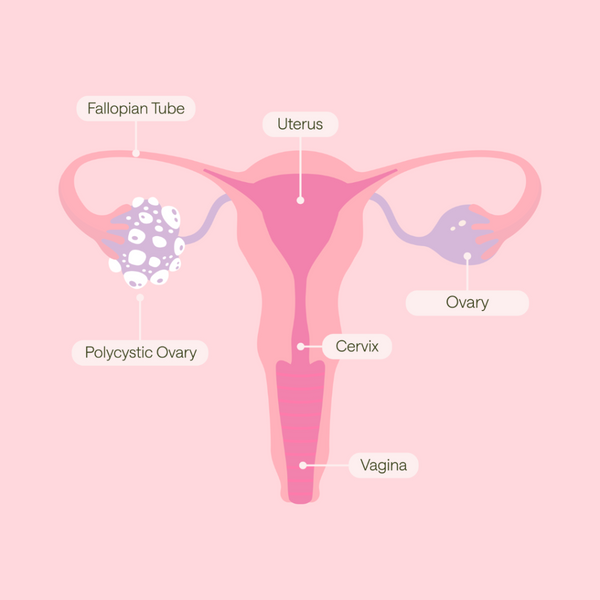What is scar tissue?
Scars can be the result of an injury or from surgery you have had. The process of healing begins as soon as the wound is starting to heal and can still be ongoing at a cellular level for 1-2 years. Scar tissue forms as your body lays healing fibres down to repair the incised or damaged tissues, such as skin, fat, muscle etc.
During the healing process, scar tissue may adhere to other tissues creating adhesions. These are bands of scar tissue that can tighten and constrain external skin and internal tissues. Scar tissue forms slowly and as it does it can be encouraged to form flatter by massaging the scar area.
Age and skin type can influence how a scar can heal and how long it can take. The longer it takes to heal, the thicker it can form. Massaging a scar usually improves tissue movement and tightness as well as improving its appearance externally.
Healing takes time and occurs in 4 stages. Here are the stages of the healing process:
- The first stage is haemostasis, where clotting factors in your blood stop the bleeding
- The second phase (inflammation stage) is the scabbing over and clearing away of toxins and infections
- The third phase (proliferation stage) is the rebuilding stage and this is when you can benefit the most from massaging your scar. Once healed and formed it can feel itchy and sensitive as the nerve endings within the tissue are actively healing. It may feel numb in places or tingly to the touch, painful if pressed on and may look red
- The fourth phase (maturation stage) is when the scar strengthens. Your body can still be forming scar tissue for more than a year. When scar tissue is no longer being produced by the body, the scar is considered mature, but massaging can still be beneficial
Scar tissue can continue to develop and change for around 12-18 months, but the sooner you begin scar massage the easier it is to manipulate and the less likely it is to cause any long-term problems.
Benefits of scar massage are:
- It can reduce sensitivity and tenderness
- Improve the tone and colour by reducing redness and/or other colouring
- Moisturise and reduce itchiness
- Improve scar mobility and reduce tightness
- Help scar tissue form flatter and less raised
How to massage your scar:
You can begin gentle massage when the scar is considered well healed. Initially, the scar may be quite tender, red, and painful and it may be best to work around the actual scar itself, working the tissues above and below it. As the scar becomes less tender, you can follow this procedure with your fingers directly on top of the scar itself:
- Wear loose comfy clothes with easy access to the scar area and choose a time when you feel relaxed
- First massage the skin gently around the scar with the oil
- Place your fingertips lightly on the skin above the scar and see how mobile the skin is by moving it up and down and side-to-side
- If it moves down more than it does up, that’s normal, try to move it more in the upward direction. Does it move more easily on one side than the other? Are you sore on one side? This is also normal. Discomfort is okay but not too much pain - be conscious about trying to relax, too.
- If you find a stiff or tight zone, maintain your hold there and breathe – you may feel a release or the tissues relaxing
- Use your fingers to move your skin up and down, side to side, and in little circles. Start by working the tissues around the scar, and later include those on top of the scar as much as tenderness allows. Eventually, you will be able to pick the skin of the scar up and roll it between your fingertips
When to massage
This is a guide to the frequency of massaging, but everyone is different, so develop a routine that feels comfortable for you:
- Once you are ready to start, begin with 5 minutes daily until tissues are freely moving in all directions. This may take a few weeks or longer - everyone is different
- Then reduce to a weekly massage, noticing any stiff or tight areas and working with them
- Then you may want to simply massage the area every so often - maybe monthly
- This massage routine is a good thing to do monthly up until the 2-year mark
- If you find the tissues getting tight again, slip back into a more regular weekly pattern of massaging


















